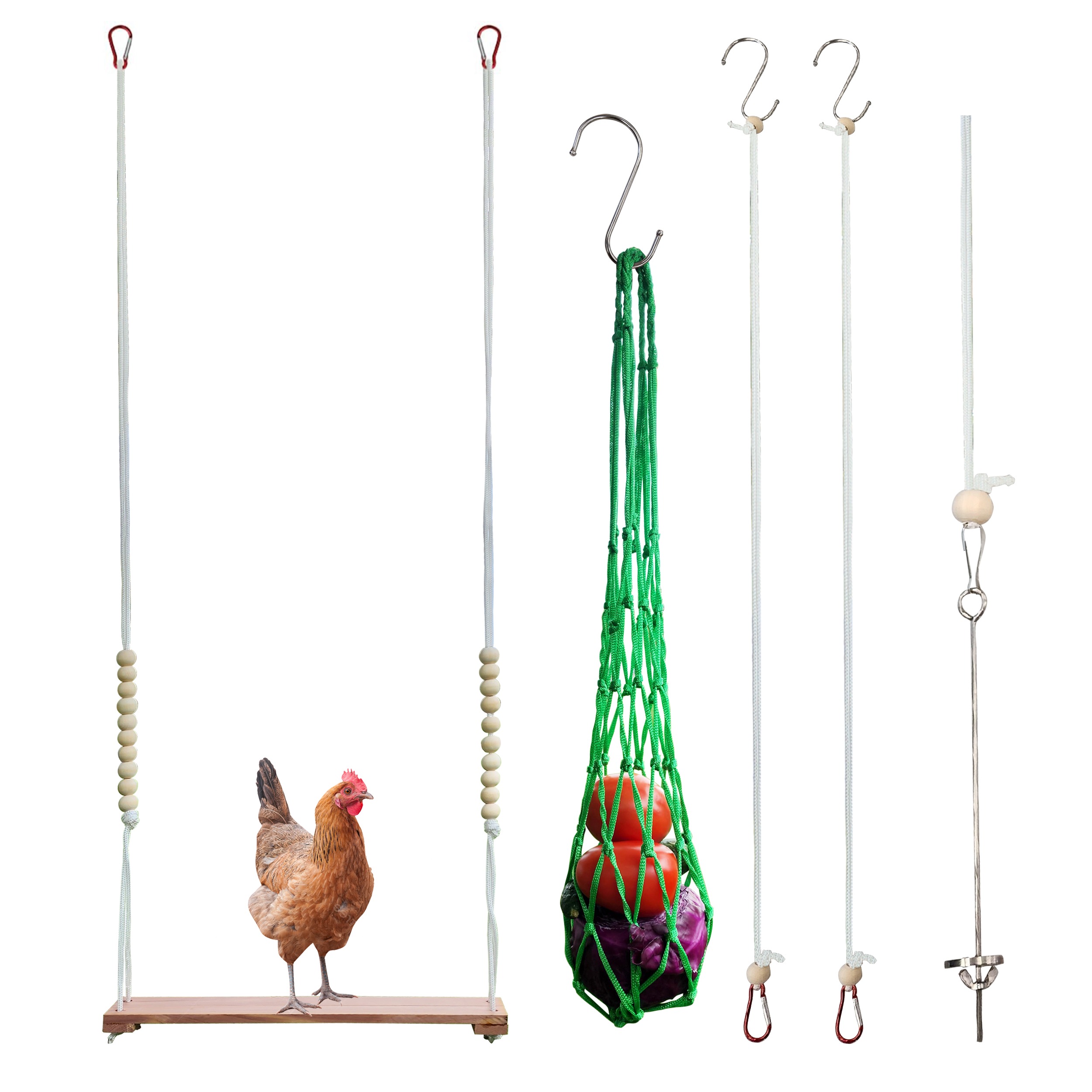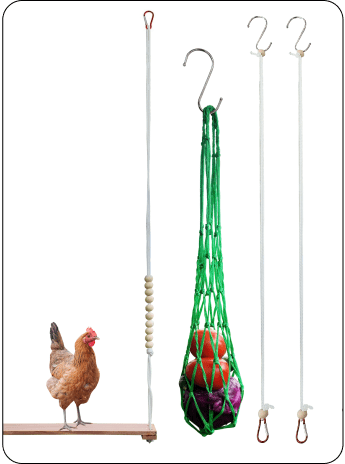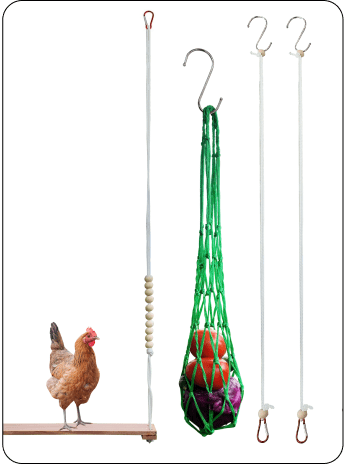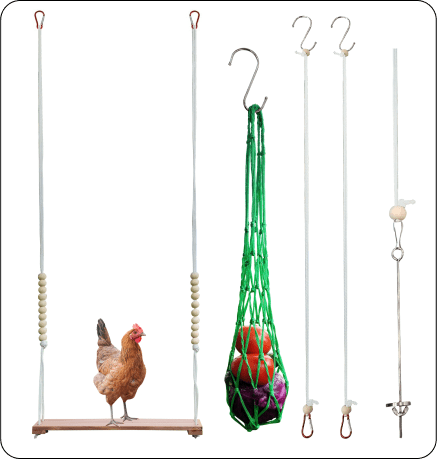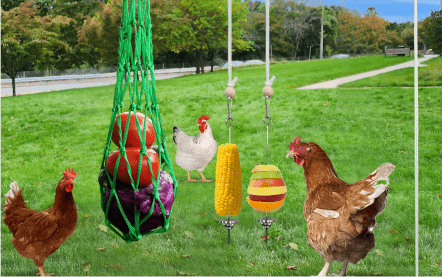How much do Amazon sellers make?

Introduction
Nearly three-quarters of Amazon sellers (73%) make a profit margin of more than 10%, and over a third (35%) achieve more than 20%. This dwarfs the usual 7% to 10% profit margin for small U.S. businesses. An average of 30,000 new products launch each year on the platform – that’s enough to fill a grocery store!
These numbers paint a rosy picture of Amazon seller profitability, but there’s more to the story. While the potential for profit is undeniable, the Amazon marketplace is a breeding ground for fierce competition.
So, is Amazon the goldmine it seems? Keep reading to find out the hidden costs and challenges that can impact your bottom line, and how to navigate them to sell successfully on Amazon.
How much money can you make selling on Amazon
Here’s a breakdown to give you a clear picture
- Bread and butter sellers (50%): This group makes a comfortable living. They generate between $1,000 and $25,000 in monthly sales. This translates to a yearly range of $12,000 to $300,000. These sellers might be running their business part-time or alongside another income source.
Selling on Amazon involves several types of fees that sellers need to consider to understand their costs and profitability. Here are the main fees Amazon charges:
Nearly three-quarters of Amazon sellers (73%) make a profit margin of more than 10%, and over a third (35%) achieve more than 20%. This dwarfs the usual 7% to 10% profit margin for small U.S. businesses. An average of 30,000 new products launch each year on the platform – that’s enough to fill a grocery store!
These numbers paint a rosy picture of Amazon seller profitability, but there’s more to the story. While the potential for
- The scalers (25%): These sellers have achieved significant success, pulling in between $25,000 and $250,000 per month. Annually, that translates to a range of $300,000 to a staggering $3 million. This group likely invests significant time and effort into optimizing their business strategies.
- The bootstrappers (17%): This group is just starting out or operates on a smaller scale. Their monthly sales fall below $500. While the income might not be substantial yet, it represents a potential springboard for future growth.
The profitability of selling on Amazon depends on a variety of factors, some of which are listed below:
- Type of products you select: Sellers who choose high demand, low competition products have a better profit margin. Conducting thorough product research is crucial to spot these products.
- Pricing strategy: Low prices are good. But low prices does not mean your profits have to take a hit. Set a competitive pricing that gives you enough profit to sustain in the long run.
- Marketing efforts: If you are not careful, paid traffic can lead to significant losses. Be sure to set a budget and keep an eye on KPIs to ensure that your campaigns are running profitably.
- Inventory management: Efficient management of inventory helps avoid stockouts or overstocking, both of which can help you avoid potential losses.
How can I calculate my profit margin for each product I sell on Amazon?
Step 1: Identify all your costs
- Cost of Goods Sold (COGS)
- Amazon fees
- Fulfillment fees
- Operating expenses – Any other costs related to running your business, like software or office supplies.
- Advertising costs
- Shipping costs
- Storage fees
- Refunds
- Referral fees
- Loans and interest
Step 2: Add up all the expenses from the list above.
Step 3: Subtract all expenses from your sales revenue
Step 4: Divide the net profit by sales revenue
Step 5: Multiply by 100 to get a percentage
Tips for estimating and improving profits
1) Use Amazon’s FBA revenue calculator: This tool can help you estimate your net profit and profit margin. You can enter different costs to see how they affect your profitability.
2) Compare fulfillment options: Use the calculator to compare costs if you fulfill orders yourself (FBM) versus using Amazon’s FBA service.
3) Track finances with a spreadsheet: Create a profit and loss spreadsheet to monitor your expenses and revenue regularly.
Profit margin benchmarks
- Average profit margin: 15-20%
- Good profit margin: 20% or higher
- Unsustainable profit margin: 5% or less
How much does Amazon take from sellers?
Profit is undeniable, the Amazon marketplace is a breeding ground for fierce competition.
So, is Amazon the goldmine it seems? Keep reading to find out the hidden costs and challenges that can impact your bottom line, and how to navigate them to sell successfully on Amazon.
How much do Amazon sellers make?
Here’s a breakdown to give you a clear picture
- Bread and butter sellers (50%): This group makes a comfortable living. They generate between $1,000 and $25,000 in monthly sales. This translates to a yearly range of $12,000 to $300,000. These sellers might be running their business part-time or alongside another income source.
- The scalers (25%): These sellers have achieved significant success, pulling in between $25,000 and $250,000 per month. Annually, that translates to a range of $300,000 to a staggering $3 million. This group likely invests significant time and effort into optimizing their business strategies.
- The bootstrappers (17%): This group is just starting out or operates on a smaller scale. Their monthly sales fall below $500. While the income might not be substantial yet, it represents a potential springboard for future growth.
IMP: The above statistics are taken from Amazon.
Just like any other businesses, being successful on Amazon hinges on the amount of effort you put in and the type of products you sell. Part time sellers with a limited potential, expense capacity and product range can expect a proportional income. But full-time Amazon sellers who dedicate more time, strategically choose products, and optimize their listings have the potential to reach significant income levels.
Strategically choose products, and optimize their listings have the potential to reach significant income levels
The profitability of selling on Amazon depends on a variety of factors, some of which are listed below:
- Type of products you select: Sellers who choose high demand, low competition products have a better profit margin. Conducting thorough product research is crucial to spot these products.
- Pricing strategy: Low prices are good. But low prices does not mean your profits have to take a hit. Set a competitive pricing that gives you enough profit to sustain in the long run.
- Marketing efforts: If you are not careful, paid traffic can lead to significant losses. Be sure to set a budget and keep an eye on KPIs to ensure that your campaigns are running profitably.
- Inventory management: Efficient management of inventory helps avoid stockouts or overstocking, both of which can help you avoid potential losses.
How can I calculate my profit margin for each product I sell on Amazon?
Step 1: Identify all your costs
- Cost of Goods Sold (COGS)
- Amazon fees
- Fulfillment fees
- Operating expenses – Any other costs related to running your business, like software or office supplies.
- Advertising costs
- Shipping costs
- Storage fees
- Refunds
- Referral fees
- Loans and interest
Step 2: Add up all the expenses from the list above.
Step 3: Subtract all expenses from your sales revenue
Step 4: Divide the net profit by sales revenue
Step 5: Multiply by 100 to get a percentage
Multiply the decimal by 100 to convert it to a percentage. This percentage is your profit margin.
Profit Margin (%) = [(Sales Revenue – Total Expenses) / Sales Revenue] x 100
Tips for estimating and improving profits
1) Use Amazon’s FBA revenue calculator: This tool can help you estimate your net profit and profit margin. You can enter different costs to see how they affect your profitability.
2) Compare fulfillment options: Use the calculator to compare costs if you fulfill orders yourself (FBM) versus using Amazon’s FBA service.
3) Track finances with a spreadsheet: Create a profit and loss spreadsheet to monitor your expenses and revenue regularly.
-
- Average profit margin: 15-20%
- Good profit margin: 20% or higher
- Unsustainable profit margin: 5% or less
How much does Amazon take from sellers?
Profit is undeniable, the Amazon marketplace is a breeding ground for fierce competition.
Selling on Amazon involves several types of fees that sellers need to consider to understand their costs and profitability. Here are the main fees Amazon charges:
How much do Amazon sellers make?
1) Referral fees
Referral fees is a percentage of the total sales price, including the item price, shipping charges, and any gift wrap fees. Taxes collected through Amazon tax collection services are excluded.
Percentage: Varies by category, ranging from 6% to 45%. Most categories fall between 8% and 15%.
2) Fulfillment by Amazon (FBA) fees
For sellers using FBA, Amazon charges fees for storing, picking, packing, and shipping products. These fees vary based on the size and weight of the items.
Storage fees- Monthly storage fees: Charged per cubic foot of storage space used.
- Standard size: $0.75 per cubic foot (January – September), $2.40 per cubic foot (October – December)
- Oversize: $0.48 per cubic foot (January – September), $1.20 per cubic foot (October – December)
- Long-term storage fees: Additional charges for items stored for over 365 days.
- Standard size items: Fees based on weight and dimensions. For example, a small standard-sized item might cost $2.50 per unit, while a large standard-sized item might cost $3.31 per unit.
- Oversize items: Higher fees due to larger dimensions and weight. Fees range from around $8.26 for small oversize items to over $100 for special oversize items.
3) Additional fees
- Return processing fees: Charged when customers return items.
- Advertising fees: Costs associated with running ads on Amazon.
- High-volume listing fees: Applied to sellers with over 1.5 million active non-media listings.
- Professional seller subscription fee: A monthly fee of $39.99 for sellers using a professional account.
Tips for managing Amazon fees
- Regularly check fee schedules: Amazon updates its fees periodically, so it’s crucial to stay informed about any changes.
- Consider fees in pricing: When setting prices, include all relevant fees to ensure your product remains profitable.
- Use fee calculators: Amazon provides tools like the FBA Revenue Calculator to help estimate fees and profitability.
- Optimize inventory: Efficient inventory management can help minimize storage fees, especially long-term storage charges.
How long does it take to become profitable on Amazon?
According to JungleScout reports, 22% of the Amazon sellers see a profit within 3 months. This may be because of right product selection and effective marketing strategies. Around 58% of the sellers are profitable within the first year. TrueProfit indicates that 64% of sellers start making a profit within their first year.
These statistics paint an encouraging picture. A significant portion of Amazon sellers achieve profitability within a reasonable timeframe.
But remember, these are averages. Factors like product selection, time commitment, marketing strategy, and inventory management can greatly influence your selling journey.
Is it worth selling on Amazon FBA in 2024?
Hell yeah!!
E-commerce continues to boom, with Amazon leading the charge. According to Jungle Scout, Amazon’s revenue reached a whopping $574 billion in 2023, up from $514 billion in 2022. This growth translates to a massive and ever-expanding customer base for potential sellers.
Studies by Jungle Scout and TrueProfit indicate that a significant portion of sellers achieve profitability. Jungle Scout reports that 82% of Amazon sellers use FBA, and of those surveyed, 89% were profitable in 2022. TrueProfit states that 64% of sellers start making a profit within their first year.
The number of sellers on Amazon is undeniably high, with new sellers joining daily. However, remember that Amazon’s market share is also continuously growing. This creates a scenario where more sellers might not necessarily steal sales from each other, but rather share a larger and growing customer base.
Ready to become a profitable Amazon seller? Don’t go it alone! Get expert guidance from Amazon management consultants at eSeller World. Contact us today!

